A number of different things have to happen for a child to develop leukemia.



A massive, previously unexplored cave discovered by accident in Canada has been named “Sarlacc’s Pit,” after the multi-tentacled alien beast that first made an appearance in Star Wars: Return of the Jedi.
Officials from Canada’s Ministry of Environment and Climate Change first came across the huge cavern in Wells Gray Provincial Park in British Columbia while conducting a caribou count by helicopter in March.
The sinkhole was later discovered to be the entrance to a cave, and is 328 feet long, 196 feet broad and 600 feet deep. Officials believe it may be Canada’s largest cave.
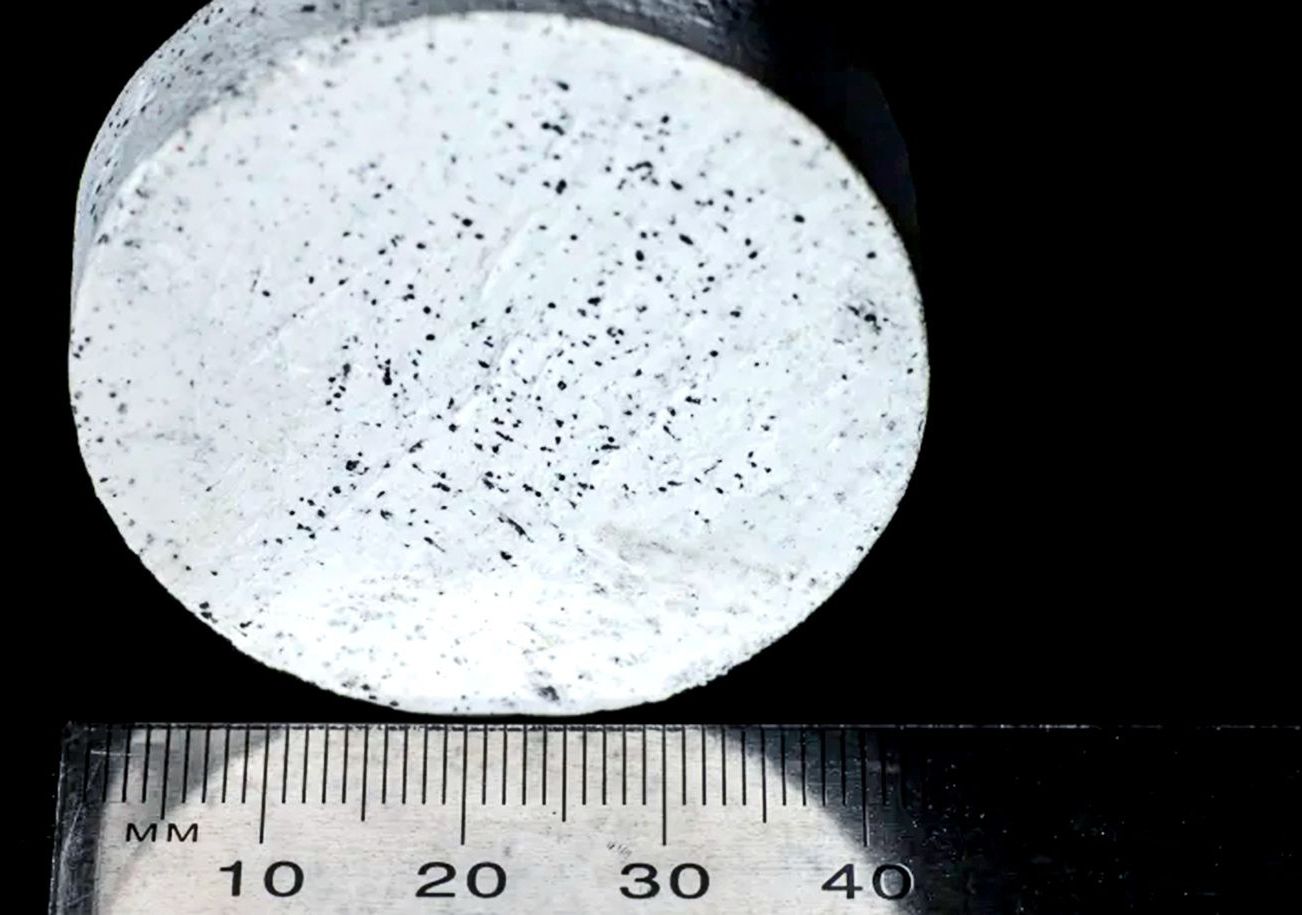
Inspired by the insulation on a humble electrical cable, researchers have found that tiny ceramic particles can make plastic-backed cladding fire-safe.
How do you make a light-weight cladding material that doesn’t catch fire? It’s a question the building industry globally is wrestling with in the wake of the 2017 Grenfell Tower blaze in London that cost the lives of 72 people.
But according to new research, the answer is under your desk in the plastic insulation around the electrical cable powering your computer.

The promise of quantum computing brings with it some mind-blowing potential, but it also carries a new set of risks, scientists are warning.
Specifically, the enormous power of the tech could be used to crack the best cyber security we currently have in place.
A new report on the “progress and prospects” of quantum computing put together by the National Academies of Sciences, Engineering, and Medicine (NASEM) in the US says that work should start now on putting together algorithms to beat the bad guys.

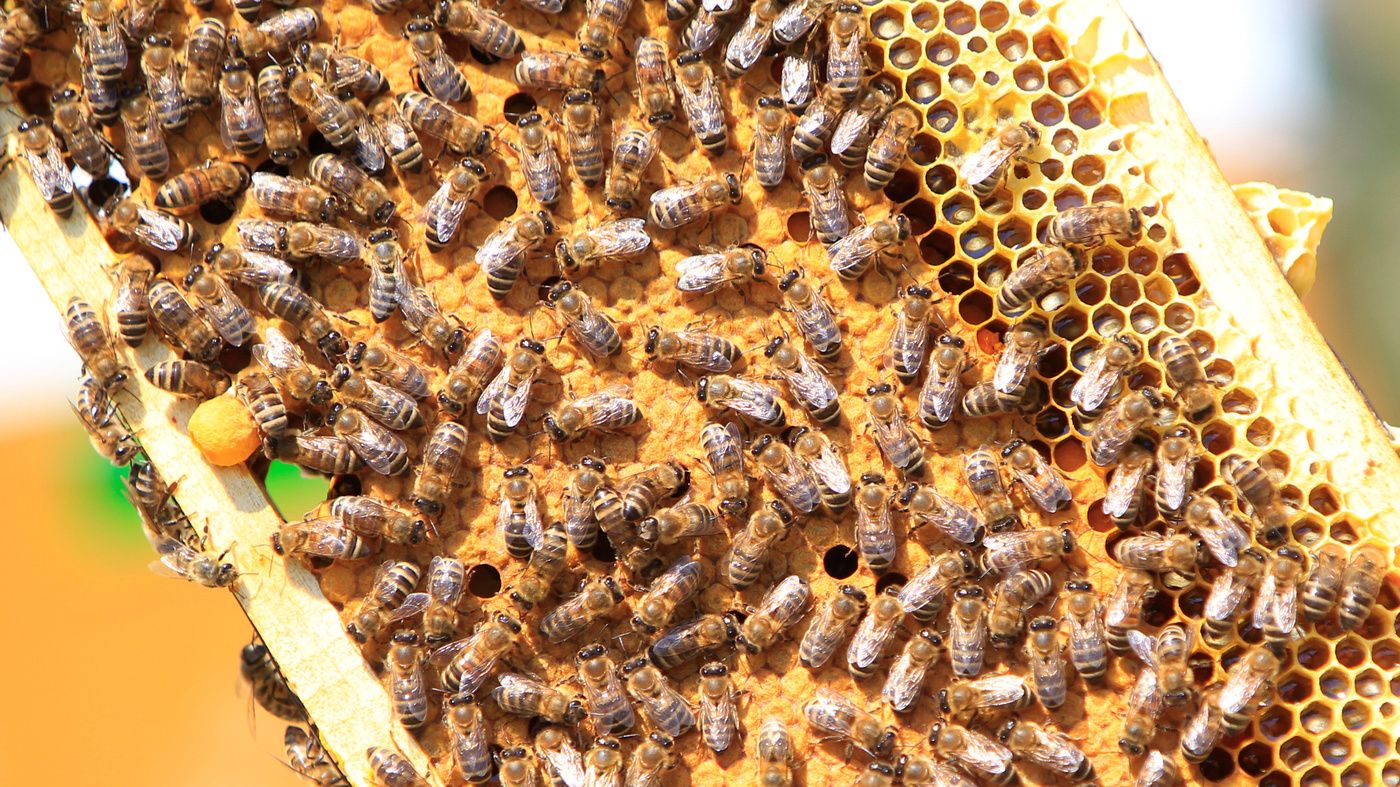
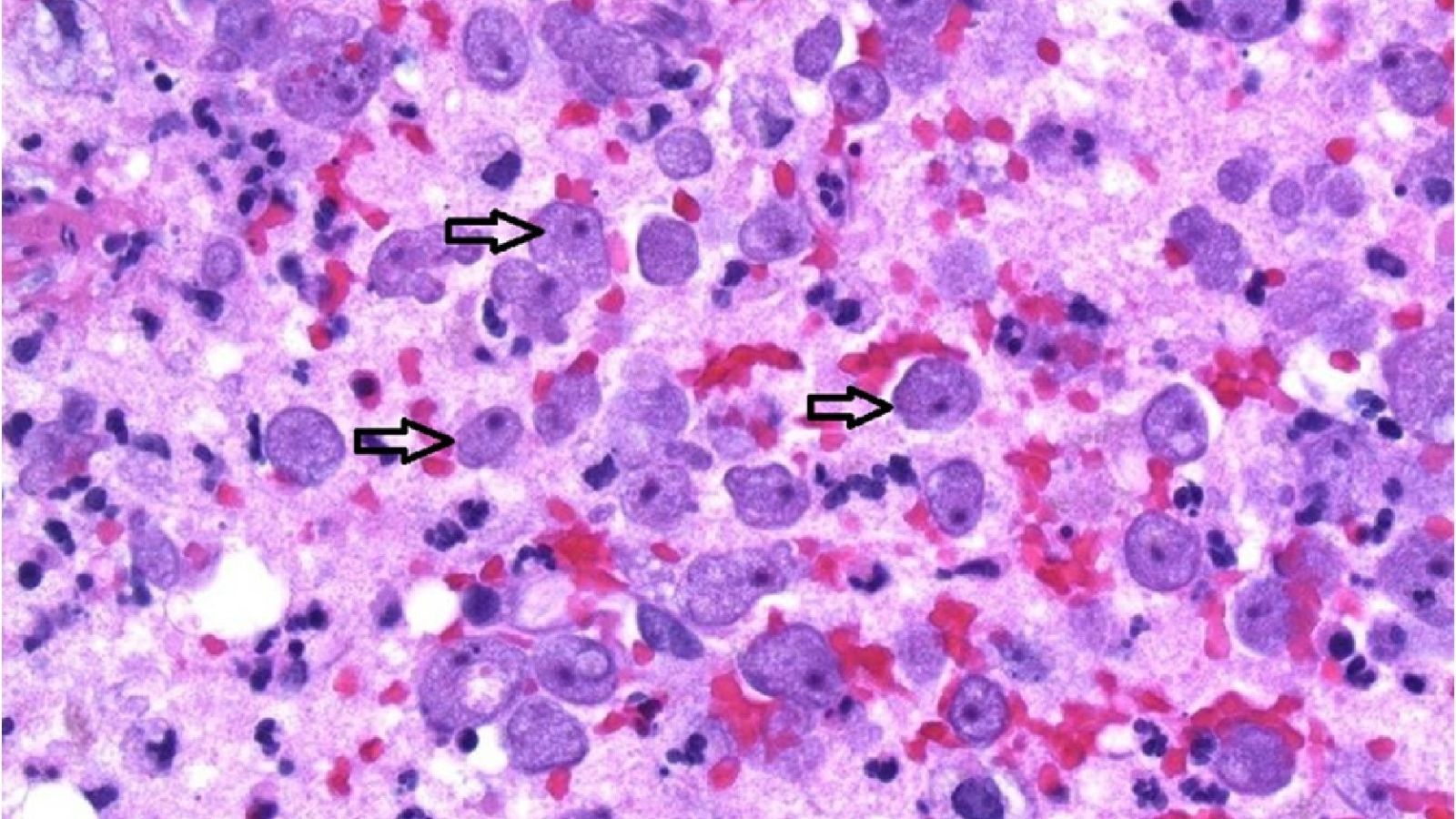
A 68-year-old Seattle woman who died after contracting a rare brain-eating amoeba used regular tap water to rinse her sinuses, according to new research.
As noted in a new International Journal of Infectious Diseases case study, the infection was initially misdiagnosed as a brain tumor. During surgery to remove the suspected tumor, the lead neurosurgeon, Charles Cobbs from Seattle’s Swedish Medical Center, was taken aback by the extent of the brain damage. So he extracted a sample for further testing.
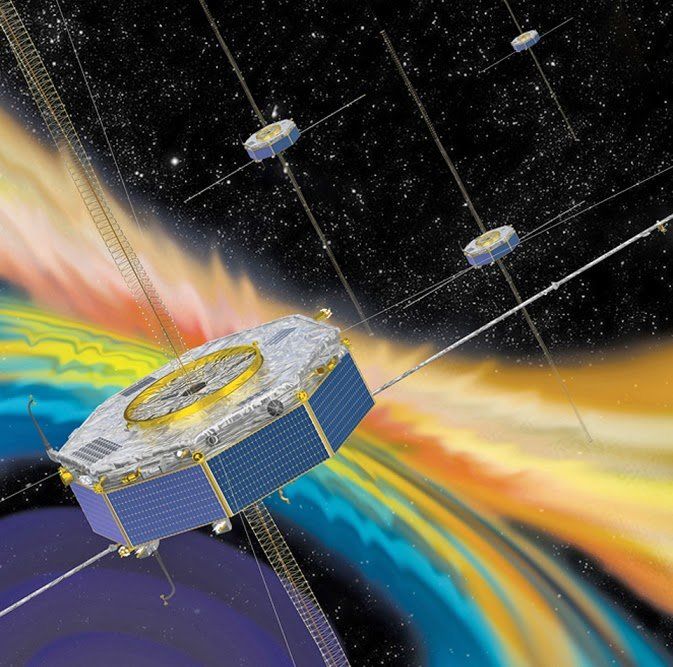
As on Earth, so in space. A four-satellite mission that is studying magnetic reconnection—the breaking apart and explosive reconnection of the magnetic field lines in plasma that occurs throughout the universe—has found key aspects of the process in space to be strikingly similar to those found in experiments at the U.S. Department of Energy’s (DOE) Princeton Plasma Physics Laboratory (PPPL). The similarities show how the studies complement each other: The laboratory captures important global features of reconnection and the spacecraft documents local key properties as they occur.
The observations made by the Magnetospheric Multiscale Satellite (MMS) mission, which NASA launched in 2015 to study reconnection in the magnetic field that surrounds the Earth, correspond quite well with past and present laboratory findings of the Magnetic Reconnection Experiment (MRX) at PPPL. Previous MRX research uncovered the process by which rapid reconnection occurs and identified the amount of magnetic energy that is converted to particle energy during the process, which gives rise to northern lights, solar flares and geomagnetic storms that can disrupt cell phone service, black out power grids and damage orbiting satellites.
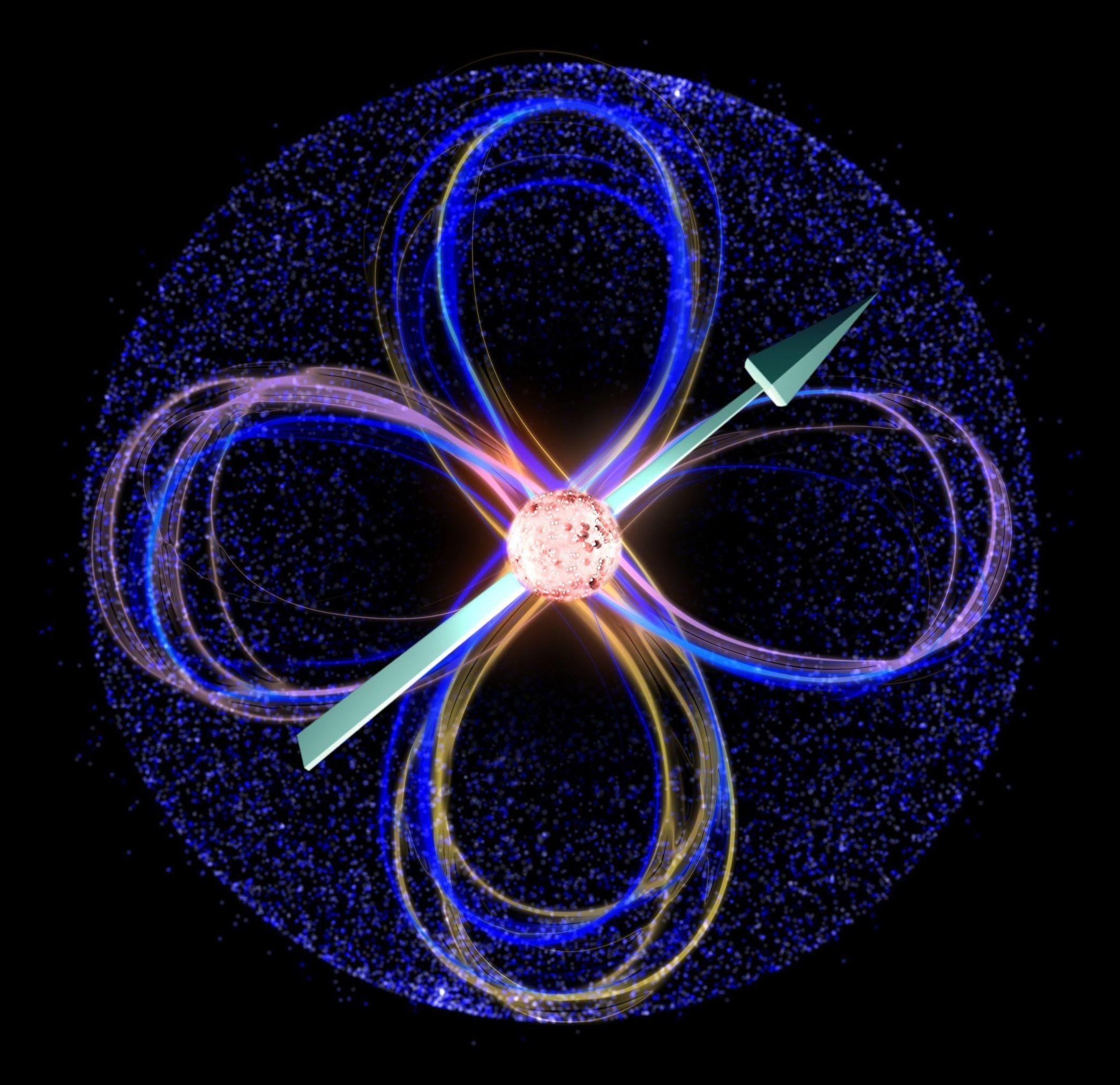
Australian scientists have investigated new directions to scale up qubits—utilising the spin-orbit coupling of atom qubits—adding a new suite of tools to the armory.
Spin-orbit coupling, the coupling of the qubits’ orbital and spin degree of freedom, allows the manipulation of the qubit via electric, rather than magnetic-fields. Using the electric dipole coupling between qubits means they can be placed further apart, thereby providing flexibility in the chip fabrication process.
In one of these approaches, published in Science Advances, a team of scientists led by UNSW Professor Sven Rogge investigated the spin-orbit coupling of a boron atom in silicon.
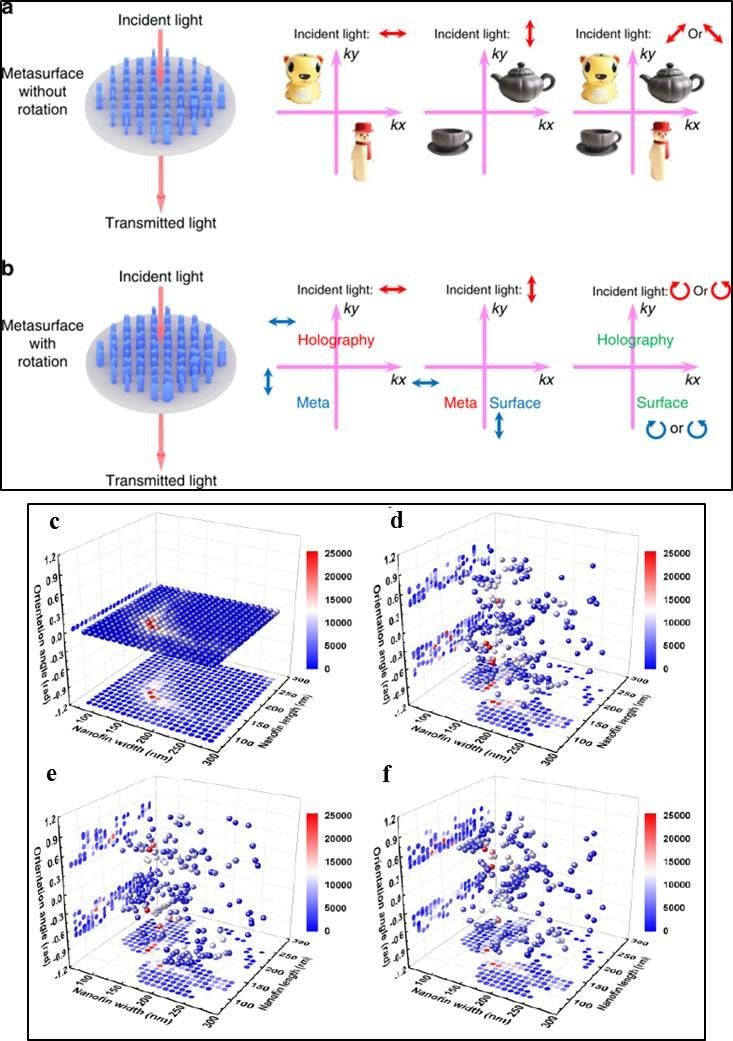
Holography is a powerful tool that can reconstruct wavefronts of light and combine the fundamental wave properties of amplitude, phase, polarization, wave vector and frequency. Smart multiplexing techniques (multiple signal integration) together with metasurface designs are currently in high demand to explore the capacity to engineer information storage systems and enhance optical encryption security using such metasurface holograms.
Holography based on metasurfaces is a promising candidate for applications in optical displays/storage with enormous information bearing capacity alongside a large field of view compared to traditional methods. To practically realize metasurface holograms, holographic profiles should be encoded on ultrathin nanostructures that possess strong light-matter interactions (plasmonic interactions) in an ultrashort distance. Metasurfaces can control light and acoustic waves in a manner not seen in nature to provide a flexible and compact platform and realize a variety of vectorial holograms, with high dimensional information that surpass the limits of liquid crystals or optical photoresists.
Among the existing techniques employed to achieve highly desired optical properties, polarization multiplexing (multiple signal integration) is an attractive method. The strong cross-talk associated with such platforms can, however, be prevented with birefringent metasurfaces (two-dimensional surfaces with two different refractive indices) composed of a single meta-atom per unit-cell for optimized polarization multiplexing.